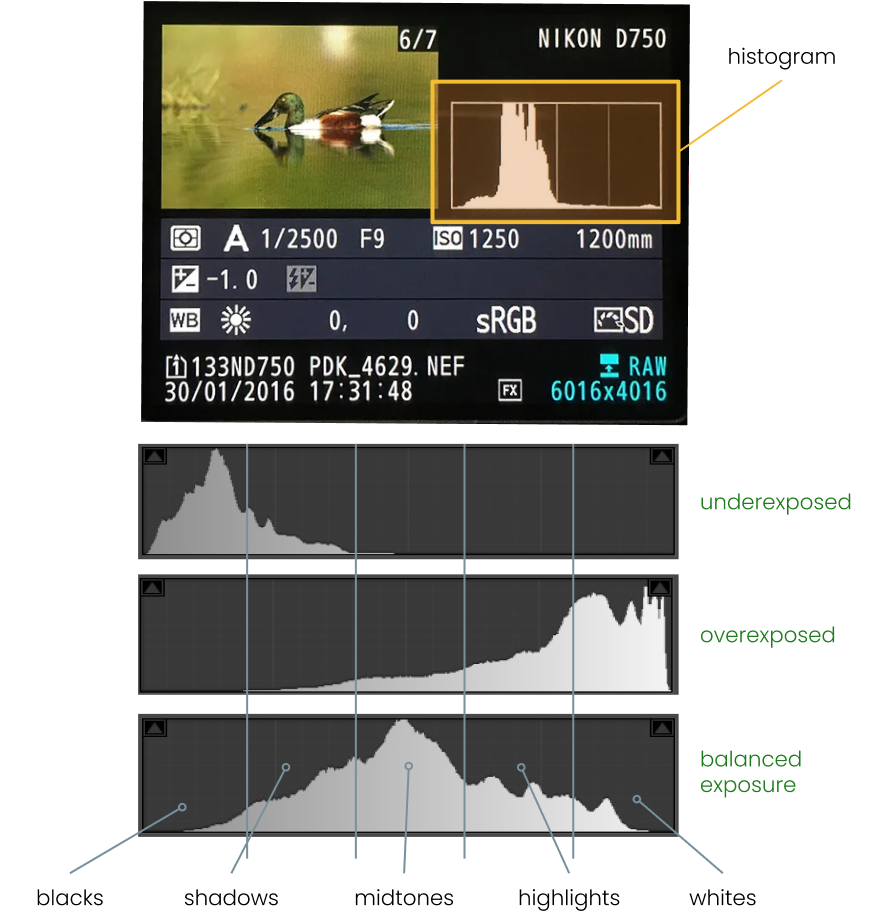Is Exposure really a triangle?
Photography exposure is a critical aspect of taking great photos, and understanding how to properly expose your shots is essential for achieving the desired results. One common misconception about exposure is the role of ISO in the process. In reality, ISO is not actually involved in proper exposure since it occurs after the shutter closes. In this blog post, we'll take a closer look at what exposure really means and how to get it right.
At its simplest, exposure refers to the amount of light that enters the camera and hits the sensor or film. There are three main components that determine exposure: shutter speed, aperture, and ISO. Shutter speed refers to how long the shutter stays open, aperture is the size of the opening in the lens that lets light in, and ISO refers to the sensitivity of the sensor or film to light.
However, ISO is not actually part of the exposure process, because it doesn't affect how much light enters the camera. Instead, ISO is a post-capture adjustment that changes how much the image is amplified in the camera or in post-processing. In other words, ISO affects the brightness and noise level of the final image, but it doesn't affect how much light enters the camera during the exposure.
To properly expose your photos, you need to balance the three main components of exposure: shutter speed, aperture, and ISO. For example, if you want to freeze motion, you may need a fast shutter speed, but that may require a wider aperture or a higher ISO to get enough light. Alternatively, if you want a shallow depth of field, you may need a wider aperture, but that may require a slower shutter speed or a lower ISO to avoid overexposure.
The key to getting the exposure right is to understand how the three components of exposure work together and how to adjust them to get the desired result. One helpful tool for checking exposure is the camera's histogram, which shows the distribution of brightness values in the image. Ideally, you want the histogram to be balanced and avoid clipping, where the highlights or shadows are completely white or black.
So, while ISO is an important component of photography, it's not actually part of the exposure process since it occurs after the shutter closes. To properly expose your photos, you need to balance shutter speed and aperture to get the desired amount of light, and use ISO as a post-capture adjustment to fine-tune the brightness and noise level of the image. Understanding exposure is a fundamental skill for any photographer, and with practice, you can master the art of getting it right.


